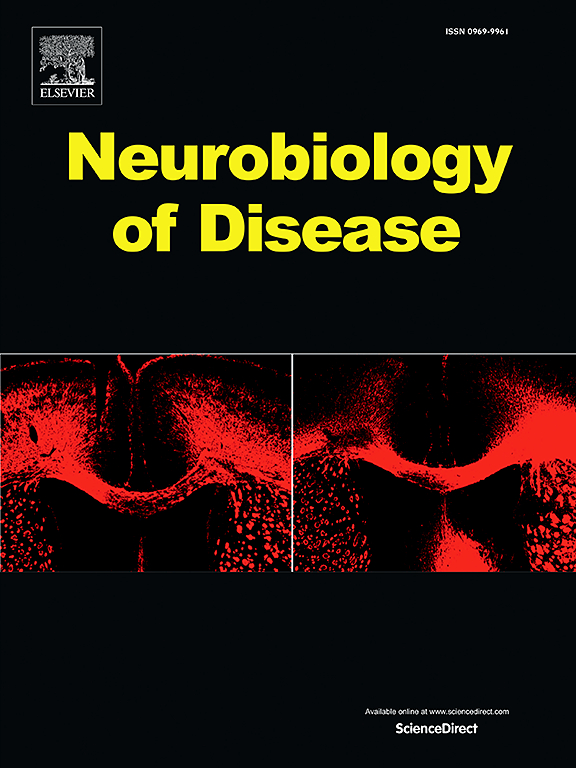Essential tremor disrupts rhythmic brain networks during naturalistic movement
IF 5.1
2区 医学
Q1 NEUROSCIENCES
引用次数: 0
Abstract
Essential Tremor (ET) is a very common neurological disorder characterised by involuntary rhythmic movements attributable to pathological synchronization within corticothalamic circuits. Previous work has focused on tremor in isolation, overlooking broader disturbances to motor control during naturalistic movements such as reaching. We hypothesised that ET disrupts the sequential engagement of large-scale rhythmic brain networks, leading to both tremor and deficits in motor planning and execution. To test this, we performed whole-head neuroimaging during an upper-limb reaching task using high-density electroencephalography in ET patients and healthy controls, alongside optically pumped magnetoencephalography in a smaller cohort. Key motor regions—including the supplementary motor area, premotor cortex, posterior parietal cortex, and motor cerebellum—were synchronized to tremor rhythms. Patients exhibited a 15 % increase in low beta (14–21 Hz) desynchronization over the supplementary motor area during movement, which strongly correlated with tremor severity (R2 = 0.85). A novel dimensionality reduction technique revealed four distinct networks accounting for 97 % of the variance in motor-related brain-wide oscillations, with ET altering their sequential engagement. Consistent with our hypothesis, the frontoparietal beta network- normally involved in motor planning-exhibited additional desynchronization during movement execution in ET patients. This altered engagement correlated with slower movement velocities, suggesting an adaptation towards feedback-driven motor control. These findings reveal fundamental disruptions in distributed motor control networks in ET and identify novel biomarkers as targets for next-generation brain stimulation therapies.
求助全文
约1分钟内获得全文
求助全文
来源期刊

Neurobiology of Disease
医学-神经科学
CiteScore
11.20
自引率
3.30%
发文量
270
审稿时长
76 days
期刊介绍:
Neurobiology of Disease is a major international journal at the interface between basic and clinical neuroscience. The journal provides a forum for the publication of top quality research papers on: molecular and cellular definitions of disease mechanisms, the neural systems and underpinning behavioral disorders, the genetics of inherited neurological and psychiatric diseases, nervous system aging, and findings relevant to the development of new therapies.
 求助内容:
求助内容: 应助结果提醒方式:
应助结果提醒方式:


